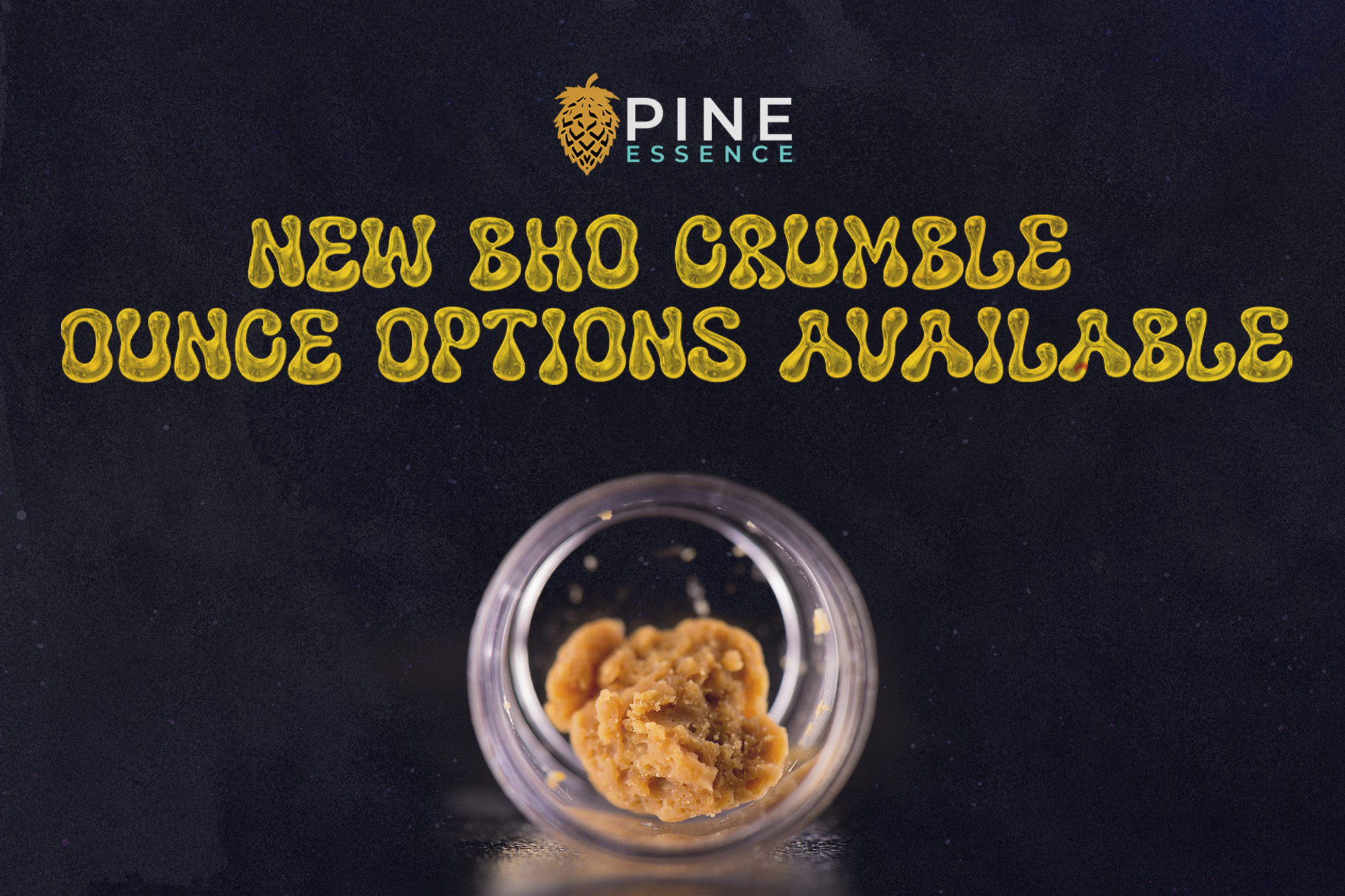Facts of Hemp
Hemp, a remarkably versatile plant, prompts questions: What exactly is hemp? How is it utilized? And why has it garnered such widespread appeal? The nutritional advantages of hemp seem boundless, extending beyond its culinary applications to a myriad of other uses. Throughout history, humanity has innovated countless ways to harness the potential of hemp, from its seeds to its stalks.
While the cannabis plant family is often associated with its psychoactive strains, hemp distinguishes itself as the industrial variety cultivated predominantly for its seeds, fibers, and leaves.
In this exploration of hemp’s significance, we’ll traverse various aspects, from its nutritional value to its rich historical tapestry. Without further ado, let’s delve into 30 fascinating facts about hemp:



- Hemp, known for its versatility, has been cultivated by humans for over 8,000 years, with its origins traced back to ancient Mesopotamia.
- Contrary to its psychoactive cousin, marijuana, industrial hemp contains minimal levels of THC and does not induce intoxication.
- George Washington, one of America’s founding fathers, famously cultivated hemp on his estate, recognizing its economic potential.
- Hemp seeds, often dubbed as nature’s superfood, boast a protein content comparable to beef and contain all 21 essential amino acids vital for human health.
- Hemp seeds are rich in nutrients, including omega-3 and omega-6 fatty acids, magnesium, potassium, calcium, iron, and vitamin E.
- The cultivation of hemp can be traced back to ancient China, where it has been grown and utilized for various purposes for over 6,000 years.
- Levi’s, the renowned clothing brand, introduced “cottonized” hemp in 2019, offering a sustainable alternative to traditional cotton fabric.
- Hemp cultivation was mandated in early American colonies, with King James I requiring settlers in Jamestown to grow hemp for export in 1619.
- Hemp’s fibrous stalks are used to produce durable textiles, paper, biodegradable plastics, construction materials, and even automotive parts.
- Hemp cultivation requires minimal pesticide usage and helps purify soil, making it one of the most sustainable crops globally.
- During World War II, hemp cultivation surged in the United States, with the government promoting its production through initiatives like the “Hemp for Victory” campaign.
- Hemp paper is renowned for its durability, with historical documents like the U.S. Constitution and the Declaration of Independence reportedly penned on hemp paper.
- Hemp fibers are exceptionally strong and resistant to abrasion, making them ideal for military uniforms, ropes, sails, and other high-strength applications.
- Hemp’s short harvest cycle of approximately 120 days allows for multiple harvests per year, making it a highly efficient crop for agricultural production.
- Hemp cultivation can help combat climate change by sequestering carbon dioxide from the atmosphere, thus reducing greenhouse gas emissions.
- Hempcrete, a sustainable building material made from hemp fibers, lime, and water, offers superior insulation and is lighter than traditional concrete.
- Hemp seeds contain an optimal ratio of omega-6 to omega-3 fatty acids, promoting cardiovascular health and reducing inflammation.
- Hemp-derived products, such as oils and moisturizers, are valued in the cosmetic industry for their hydrating and nourishing properties.
- Hemp cultivation has the potential to revitalize rural economies and create jobs in industries ranging from agriculture to manufacturing.
- Hemp is grown in over 30 countries worldwide, with China leading global production and boasting a thriving hemp industry valued at over $200 million.
- The versatility of hemp extends to its use as animal bedding, garden mulch, biofuels, and even as a natural alternative to plastic.
- Hemp cultivation is legal in all 50 states of the United States, signaling growing acceptance and recognition of its economic and environmental benefits.
- Hemp fibers are biodegradable and recyclable, offering a sustainable solution to the environmental impact of conventional materials like plastics and synthetic fibers.
- Hemp seeds are gluten-free and suitable for individuals with gluten sensitivities, offering a nutritious alternative in gluten-free diets.
- Hemp cultivation requires less water than many conventional crops, making it an environmentally friendly choice in regions prone to water scarcity.
- Hemp seeds are a complete protein source, containing all essential amino acids necessary for muscle repair, growth, and overall health.
- Hemp cultivation could play a role in pollinator conservation efforts, as hemp plants are known to attract bees and other beneficial insects.
- Hemp fibers are resistant to saltwater and decay, making them ideal for maritime applications like ship ropes and sails.
- Hemp cultivation offers a sustainable solution to soil degradation, as hemp plants help prevent erosion and improve soil structure.
- With its myriad of uses and environmental benefits, hemp emerges as a versatile and valuable crop with the potential to shape a more sustainable future for agriculture and industry alike.
BONUS FACT: LEGO has plans to go green and use hemp plastic to produce their toy blocks. The change is expected to go into full effect by 2030.



